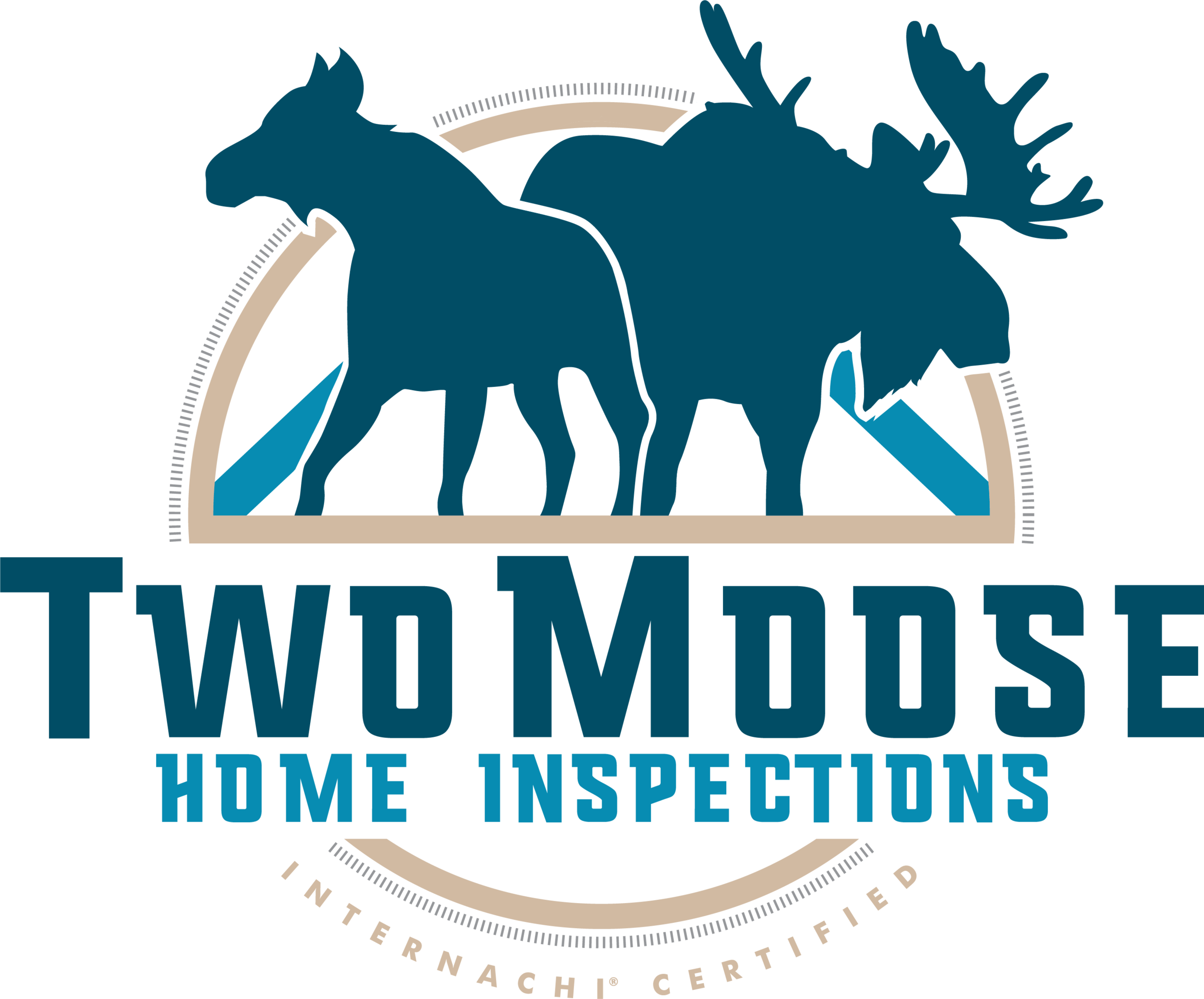Radon - The History, The Risk
There are many things in your home that can kill you. Some of these things do it quickly like a carbon monoxide leak from gas appliances that aren’t properly venting or an electrical shock from an outlet that isn’t properly grounded. Some of these things do it slowly like fumes from paint that you inhale or household chemicals that you use to kill weeds in the lawn. The hidden killer that will be discussed today is radon gas.
To understand what radon is, we have to go back a little further in time, but if you just want to know the real risks, skip ahead three paragraphs. Uranium is found naturally in the environment and to help speed up our time line a little further we will discuss Uranium 234 which has a half-life of 245,500 years instead of discussing Uranium 338 which has a half-life of 4,470,000,000 years. The forces in Uranium’s nucleus are unbalanced which is why Uranium is considered to be unstable or radioactive. This means that an unstable atom will try to find balance by; ejecting neutrons, protons, positrons, alpha particles, beta particles, or by emitting photons or gamma rays. Eventually, Uranium 234 will go through enough changes that it will find stability and come to rest as Lead 206.
Down the path to stability, Uranium changes from Uranium 234, to Thorium 230, to Radium 226, to Radon 222, to Polonium 218, to Lead 214, to Bismuth 214, to Polonium 210, to Lead 206. Approximately 3 days 20 hours 30 min and 44 seconds before the first nuclei decay of Uranium 234 becomes stable as Lead 206 we have our first glimpse of Radon 222, the gas we find in our homes.
Radon 222 has a half-life of 3.82 days and during this time period Radon is desperately trying to reach the next stage of stability which is Polonium 218. For Radon to change to Polonium it must eject an alpha particle. An alpha particle is comprised of two protons and two neutrons. This high burst of energy is so powerful that in close range it can punch out sections of your cellular DNA.
Radon gas in the home is measured in the scale of a picocurie per liter (pCi/L) which is a trillionth of a curie (Ci) which is 37 billion disintegrations per second in one liter of air. The Environmental Protection Agency set the action level of radon to 4 pCi/L even though there is no safe level of radon since radon can initiate, promote and propagate cancer without any other outside influences. On average humans’ breath in 11,000 liters of air per day and 4 pCi/L means that every day 12,672 radioactive disintegrations are occurring inside that single liter of air.
If the ambient air has 0.45 pCi/L of Radon and if your home is at the level of 4 pCi/L of radon then you are breathing in almost 124 million more radioactive disintegrations per day than if you stayed out of your house. In 1984, Stanley J. Watras was working as a construction engineer at the Limerick Nuclear Power Plant in Pottstown, Pennsylvania. Watras set off the radiation detectors and put everyone into a panic. When Watras’s house was tested for Radon, his home was at 2,700 pCi/L which means that every day Watras had almost 94 billion radioactive disintegrations occurring inside his lungs. After a radon mitigation system was installed Watras’s house was reduced to a level of 4 pCi/L of radon. The reason that Watras’s house had such elevated levels of Radon was because his house was located over a crack in the earth that acted like a chimney funneling radon into his house. In Colorado our geography has left us with a similar issue.
The soil in Colorado is very rocky and allows for Radon to easily move through the ground and into our homes. The majority of Colorado is considered to be in Zone 1 which means that we have a predicted average indoor radon screening level greater that 4 pCi/L. If the house does not have a radon mitigation system installed and working properly then your family is at risk of developing lung cancer. Sadly, children are at a much greater risk than adults because they are still growing, and their cells are still dividing rapidly meaning that any damage to their cellular DNA could be catastrophic.
When looking at national statistics, smoking tobacco is the number one cause of lung cancer and Radon gas is a very close number two. At Two Moose Home Inspections we are constantly asked; “Should I get my house tested for Radon?” Our answer is always “Yes, you should get your house tested for radon”, because if you look at the risk to your health and your family’s health you have to act to help protect your family. Two Moose Home Inspections wrote an article about The Big Three – Asbestos, Lead, and Mold and we described that we don’t test for those things because they are common and avoidable. However, Radon is not avoidable and that is why we advocate testing every house.
A Radon test takes anywhere from 48 hours to 7 days and since Two Moose Home Inspections uses a digital four sensor instrument that is calibrated by the manufacturer annually, you can get your report minutes after the testing is complete. We have also provided a sample Radon report that came from a home in Summit County, Colorado.
Thank you for reading our article. If you have any questions about residential home inspections, please send us a message. If you would like Two Moose Home Inspections to inspect your property, feel free to schedule an inspection.
Cover Image Created By Tosaka - Own work, CC BY 3.0, https://commons.wikimedia.org/w/index.php?curid=5531144
